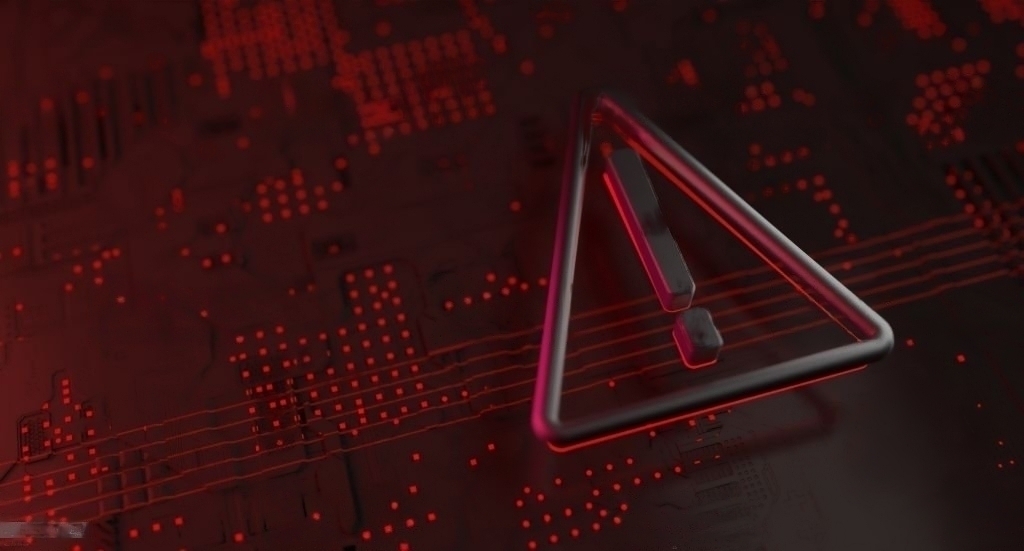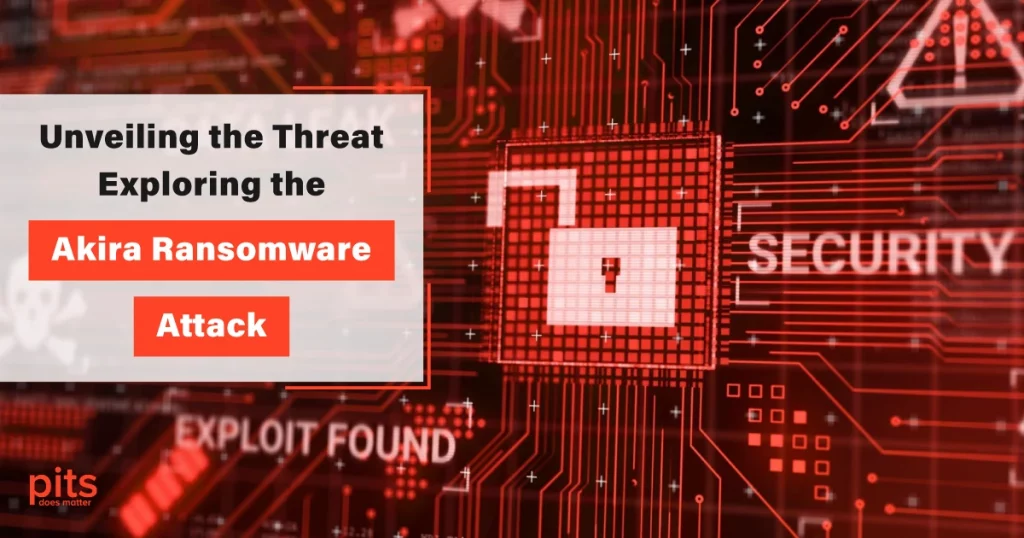In the rapidly evolving landscape of cyber threats, one name has been making waves across the digital realm – Akira ransomware. This malicious software has managed to save a lot for its multiple threat actors while wreaking havoc on countless victims. In this blog post, we will delve into the intricate workings of Akira ransomware, its devastating consequences, and the steps you can take to protect yourself from falling victim to such an attack.
Understanding Akira Ransomware
Akira ransomware is a highly sophisticated form of malware designed to infiltrate and compromise computer systems. Once inside, it systematically encrypts files of various types, rendering them inaccessible to the user. To add insult to injury, Akira ransomware also has the capability to delete Windows shadow volume copies, which significantly reduces the chances of data recovery without paying the ransom.
The Dark Motives
Unlike some ransomware strains solely motivated by financial gain, Akira ransomware takes it a step further. Apart from encrypting files and demanding hefty ransoms, it’s reported that the attackers behind Akira have managed to infiltrate systems to steal personal information, trade secrets, databases, and source codes. This stolen information is then exploited to their advantage, with some instances suggesting that they have even managed to sell sensitive data on the dark web.
The Ransom Note and Demands
One of the most chilling aspects of a ransomware attack is the ransom note. Victims are often greeted with a stark message detailing the encryption of their files and the steps required to regain access. In the case of Akira ransomware, the attackers use this note to demand a ransom in cryptocurrency, often with a looming deadline, to create a sense of urgency.
The Aftermath
Victims of Akira ransomware not only face the loss of their precious data but also the risk of their personal and sensitive information being exposed on the dark web.
This could lead to severe consequences, ranging from financial loss due to unauthorized transactions to reputational damage from leaked trade secrets and source codes.

Finance bank income statements, savings investments, and other critical data could be compromised, affecting both individuals and businesses.
Protecting Yourself
In the face of evolving cyber threats, it is crucial to take proactive steps to safeguard your systems and data. Here are some measures to consider:
Enable Multi-Factor Authentication (MFA)
This additional layer of security can prevent unauthorized access to your accounts even if your password is compromised.
Regularly Back Up Your Data
Keep offline backups of your important files. This ensures that even if your data is encrypted, you have a safe copy to restore.
Stay Updated
Keep your operating system and software up to date. Software updates often include security patches that can protect against known vulnerabilities.
Educate Yourself and Your Team
Educate yourself and your employees about phishing scams and the importance of not clicking on suspicious links or downloading unknown attachments.
Monitor Your Systems
Implement robust cybersecurity tools and regularly monitor your systems for any unusual activity.
Respond Swiftly
In the unfortunate event of a ransomware attack, contact your Computer Emergency Response Team (CERT) and law enforcement agencies. A timely response can help mitigate the damage.
In conclusion, the Akira ransomware is a prime example of the evolving and increasingly sophisticated cyber threats that individuals and organizations face today. By understanding its mechanisms and taking proactive steps to secure your systems and data, you can fortify your digital defenses and minimize the risk of falling victim to such attacks. Stay vigilant, stay informed, and stay secure.
Frequently Asked Questions
What is Akira ransomware?
Akira ransomware is a type of malicious software designed to infiltrate and encrypt files on a computer system. It prevents users from accessing their data until a ransom is paid to the attackers.
How does Akira ransomware work?
Akira ransomware enters a system, encrypts files using a strong encryption algorithm, and then displays a ransom note demanding payment in cryptocurrency for the decryption key. It may also delete Windows shadow volume copies, making data recovery more difficult.
What are the consequences of an Akira ransomware attack?
An Akira ransomware attack can lead to the loss of access to important files and data. Additionally, attackers might steal personal information, trade secrets, and databases, potentially leading to financial loss and reputational damage.
How does Akira ransomware demand payment?
After encrypting files, Akira ransomware displays a ransom note with instructions on how to pay the ransom in cryptocurrency. The note typically includes a deadline to create a sense of urgency.
How can I protect myself from Akira ransomware?
To protect yourself from Akira ransomware and similar threats:
- Enable multi-factor authentication (MFA) on your accounts.
- Regularly back up your important files offline.
- Keep your operating system and software up to date.
- Be cautious of suspicious emails and links.
- Educate yourself and your team about cybersecurity best practices.
